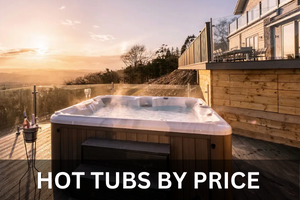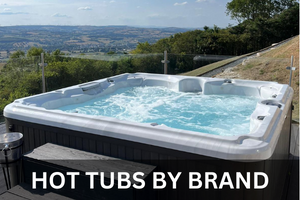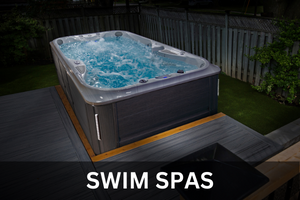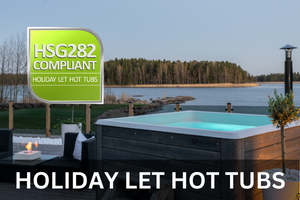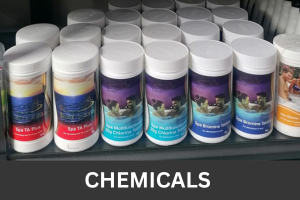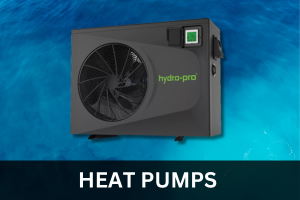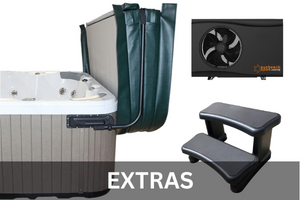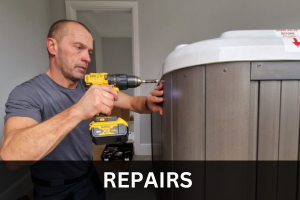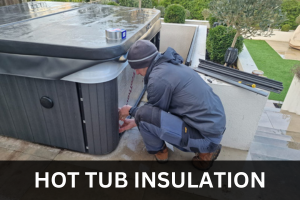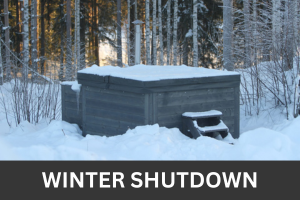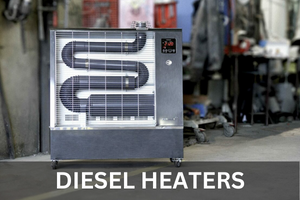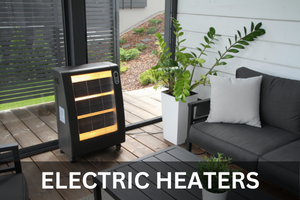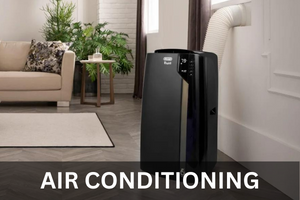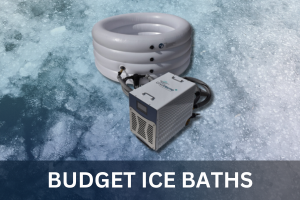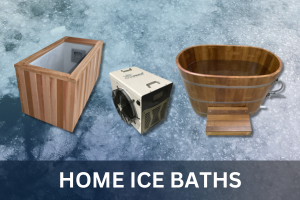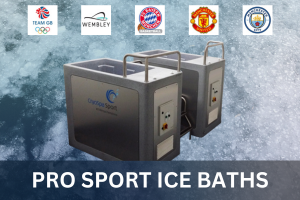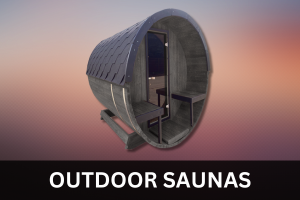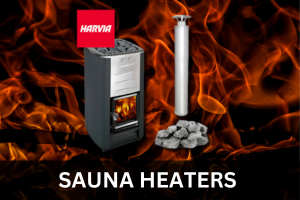Menu
-
- Home
-
Hot Tubs & Swim Spas
-
Chemicals & Filters
-
Services We Offer
- Ice Baths & Saunas
-
Useful Info
-
- 0151 662 0284
- Login

Hot Tubs & Swim Spas
Chemicals & Filters
Services We Offer
Infrared Heaters
Ice Baths & Saunas

Winter Shutdown Service
- Description
- Specification
For customers who do not wish to use their hot tub over the winter period, it is important that its drained down correctly. Incorrect draining can lead to water freezing in the pipework causing pipes to crack as the water expands.
Let Hot Tub Liverpool shut your spa down effectively and safely. In addition, your hot tub will receive a good clean and visual health check.
- Drain down
- Pipework drain
- Clean inside and out
- Pump check
- Visual health check
PHONE
SHOWROOM ADDRESS
Hot Tub Liverpool,
Century Buildings, 15 Summers Rd,
Liverpool, L3 4BL
(At the back of Brunswick Business Park)
Opening Times:
Mon-Fri 9am-4pm
Sat 10am-2pm.
VAT Number: GB382635479
Company Number: 13164303
Registered in England & Wales
Frequently Asked Questions
-
The ideal pH level for a hot tub is between 7.2 and 7.8. A pH level that is too low (acidic) can irritate your skin and eyes, while a pH level that is too high (alkaline) can make the water cloudy and uncomfortable to swim in.
-
The ideal total alkalinity level for a hot tub is between 80 and 120 ppm. Total alkalinity helps to buffer the pH level of the water, so it doesn't fluctuate too much.
-
The ideal calcium hardness level for a hot tub depends on the type of finish on your hot tub. For acrylic hot tubs, the ideal calcium hardness level is between 100 and 250 ppm. For plaster hot tubs, the ideal calcium hardness level is between 250 and 450 ppm.
-
The most common chemicals used to maintain hot tub water chemistry are chlorine, bromine, and sanitizers. Chlorine is the most effective sanitizer, but it can be harsh on your skin and eyes. Bromine is a less harsh alternative to chlorine, but it can be more expensive. Sanitizers are a combination of chemicals that work together to keep your hot tub water clean and safe.
-
You should test the water chemistry in your hot tub at least three times a week. If you use your hot tub frequently, you may need to test the water more often.
-
You can adjust the pH level of your hot tub water with pH increaser or pH decreaser chemicals. Follow the instructions on the product label to add the correct amount of chemical to your water.
-
You can adjust the total alkalinity level of your hot tub water with total alkalinity increaser or total alkalinity decreaser chemicals. Follow the instructions on the product label to add the correct amount of chemical to your water.
-
Shocking your hot tub is a way to kill bacteria and other contaminants in the water. You can shock your hot tub with chlorine or bromine shock. Follow the instructions on the product label to add the correct amount of shock to your water.
-
Winterizing your hot tub is important to prevent damage to the equipment and the tub itself. To winterize your hot tub, you will need to drain the water, add a winterizing solution, and cover the tub.
-
Some common problems with hot tub water chemistry include:
- Cloudy water
- Foamy water
- Scale build-up
- Low pH
- High pH
- Low total alkalinity
- High total alkalinity
If you experience any of these problems, you should test the water chemistry and adjust it as needed.

